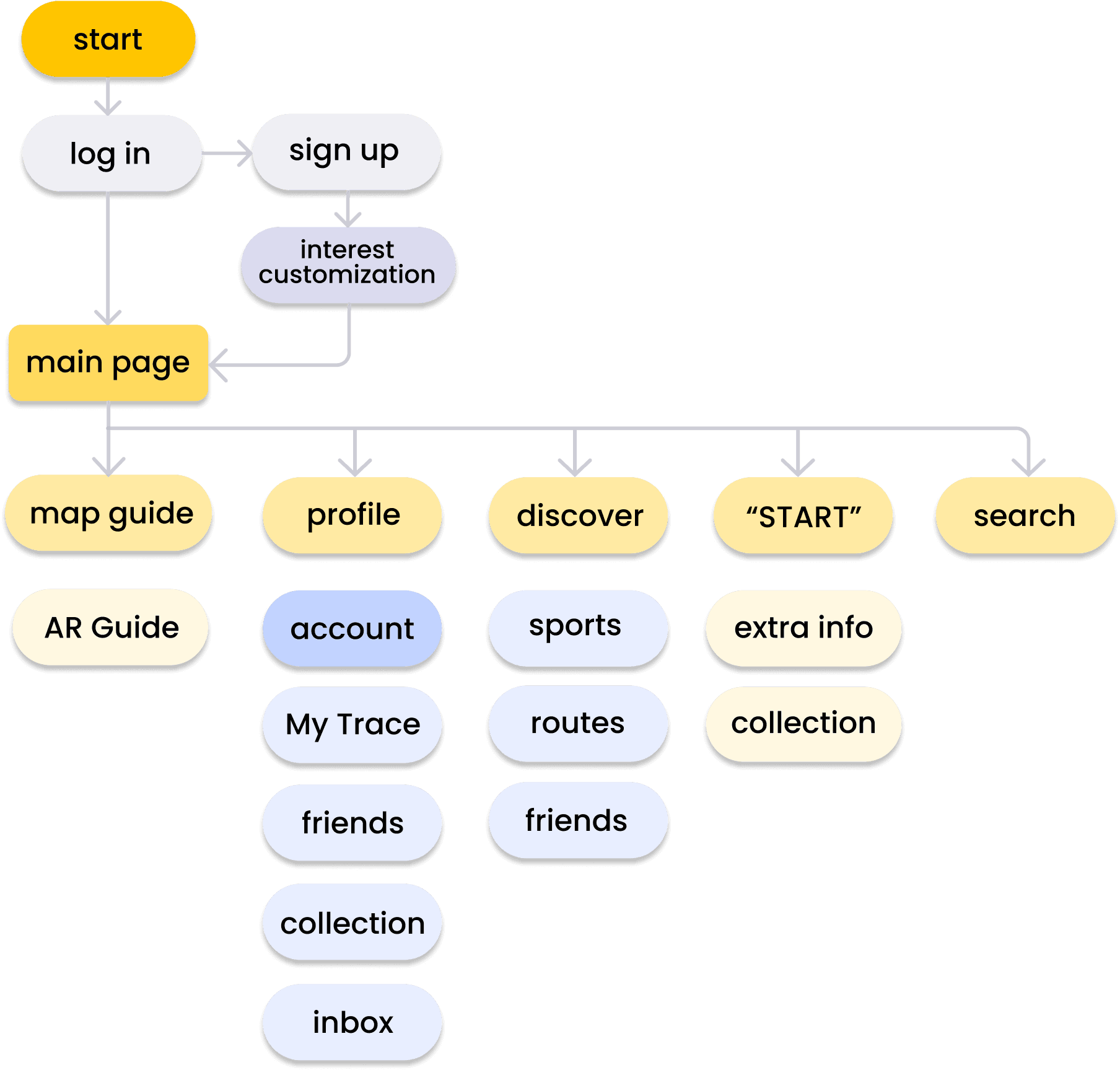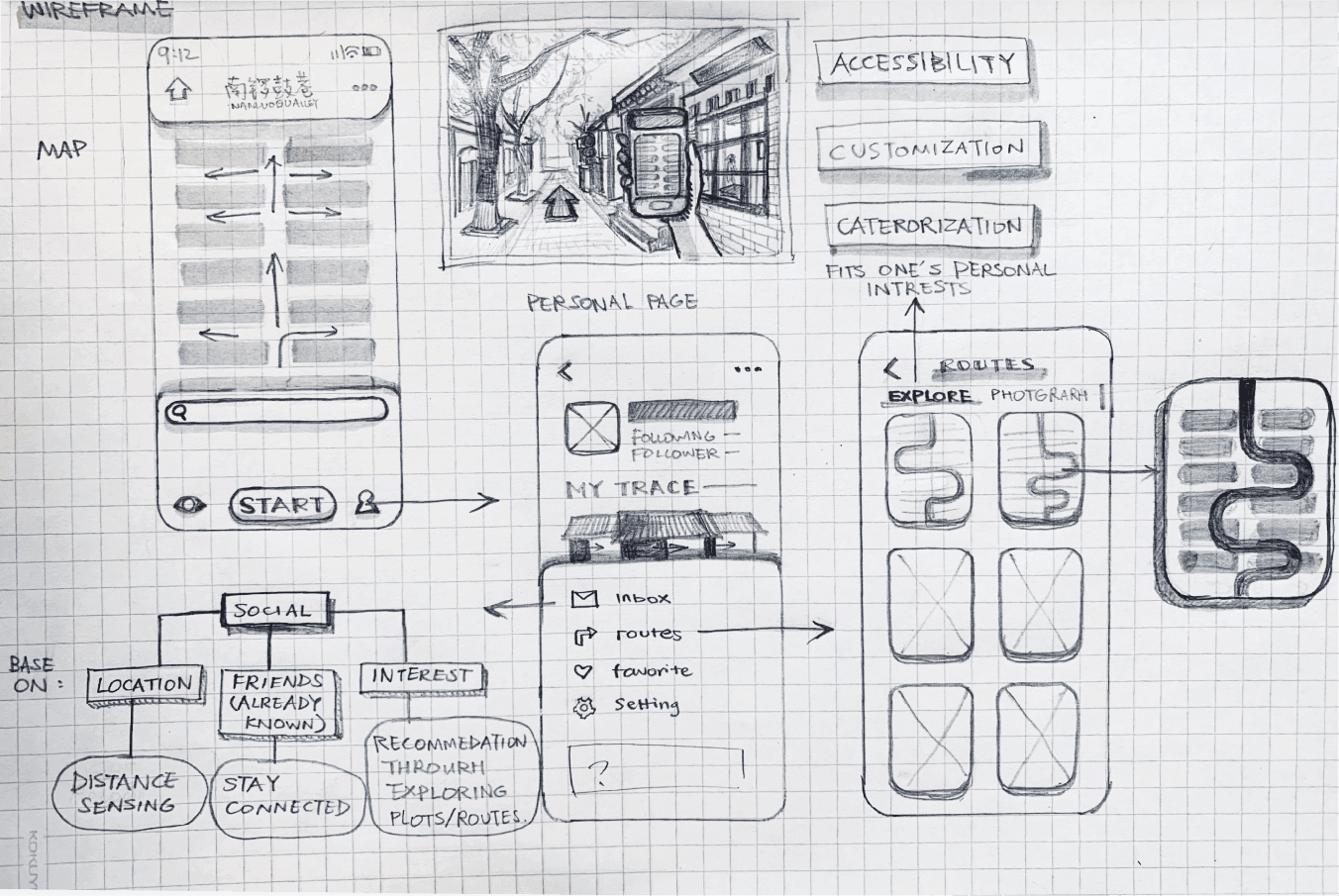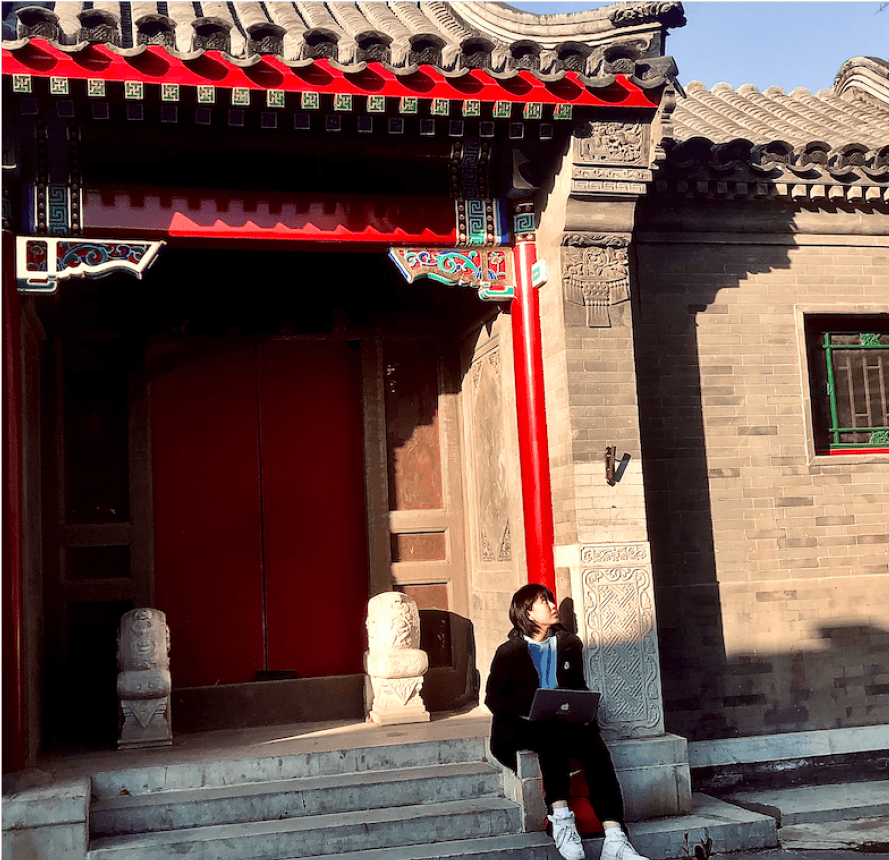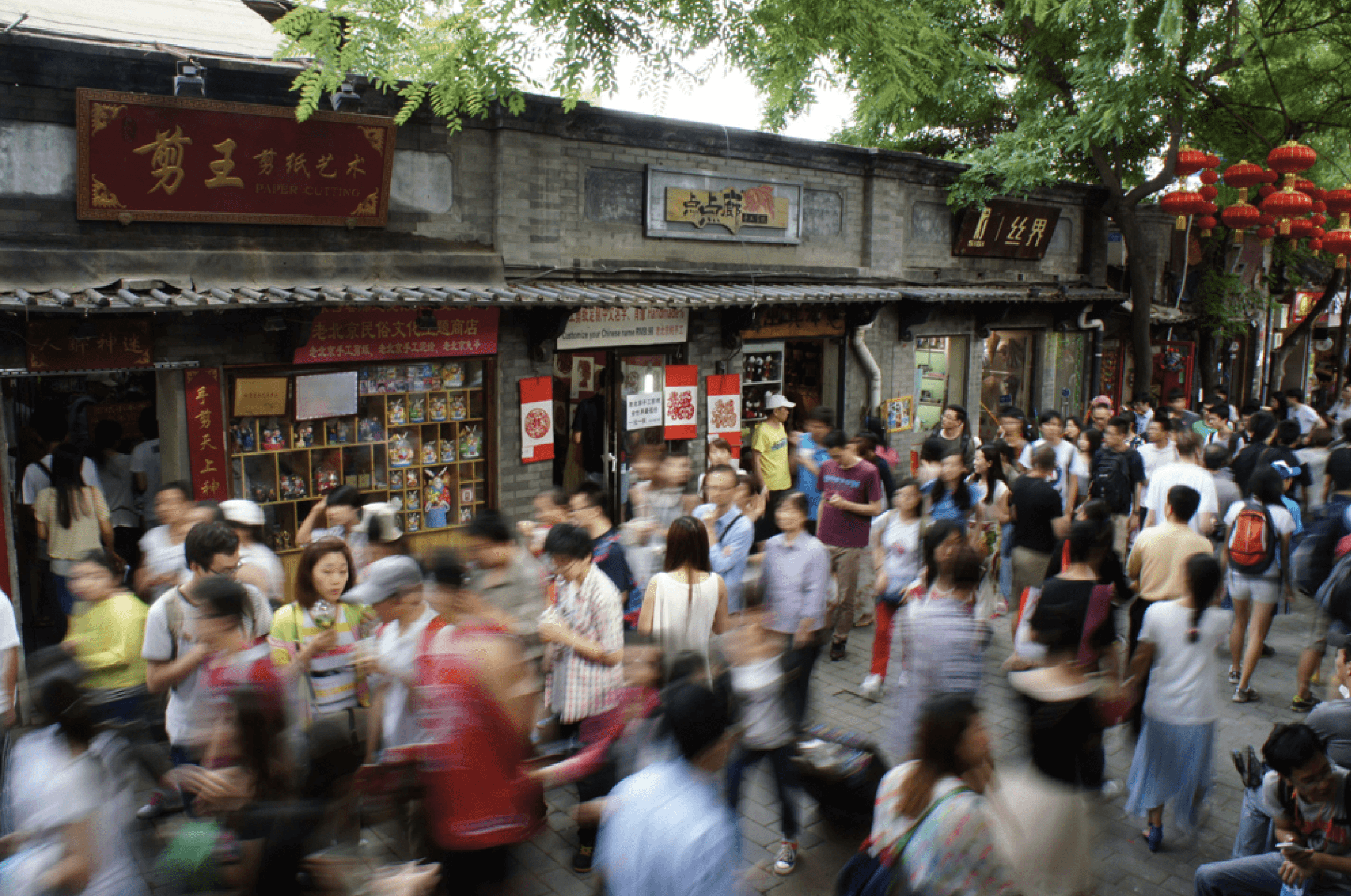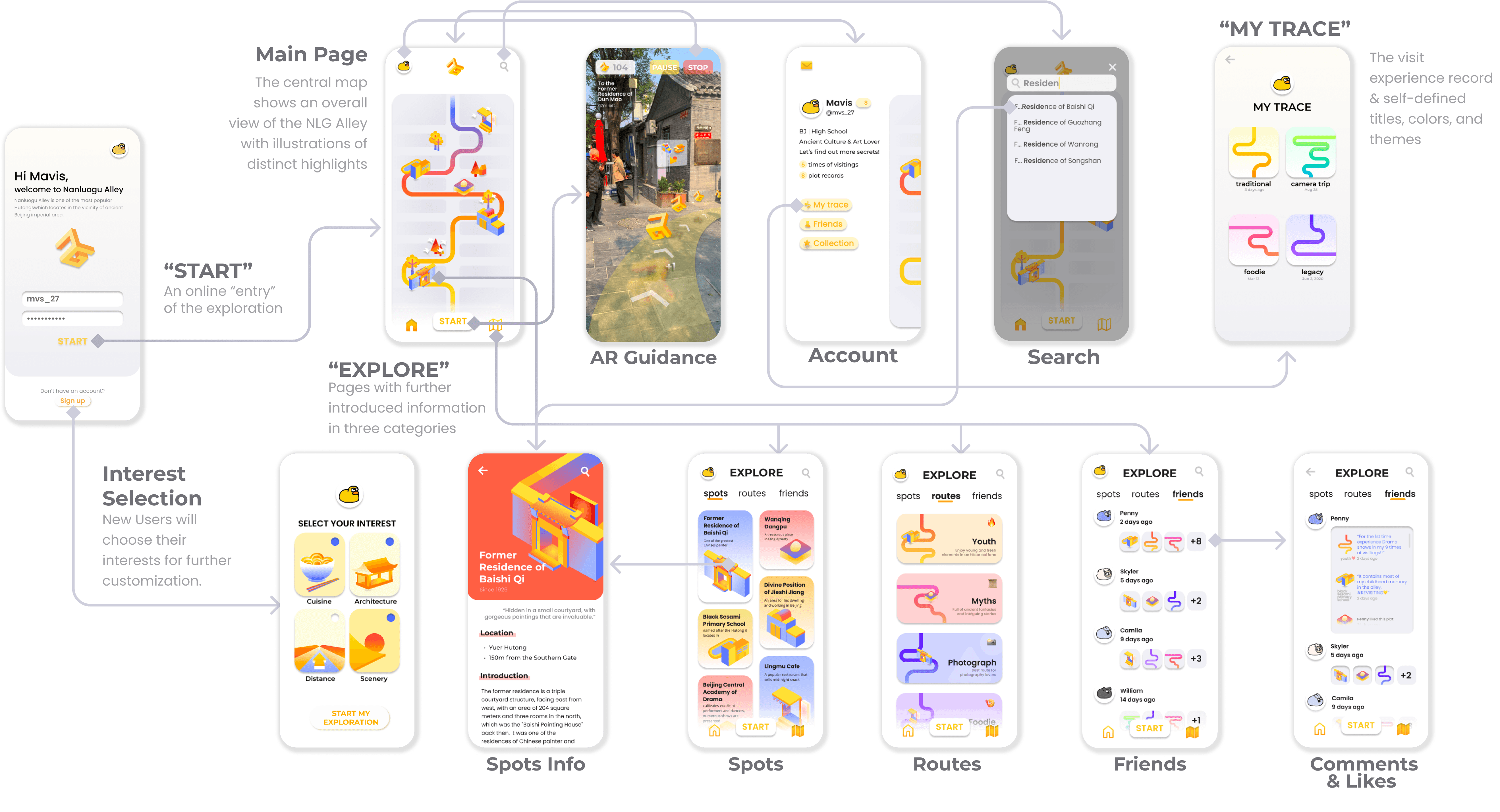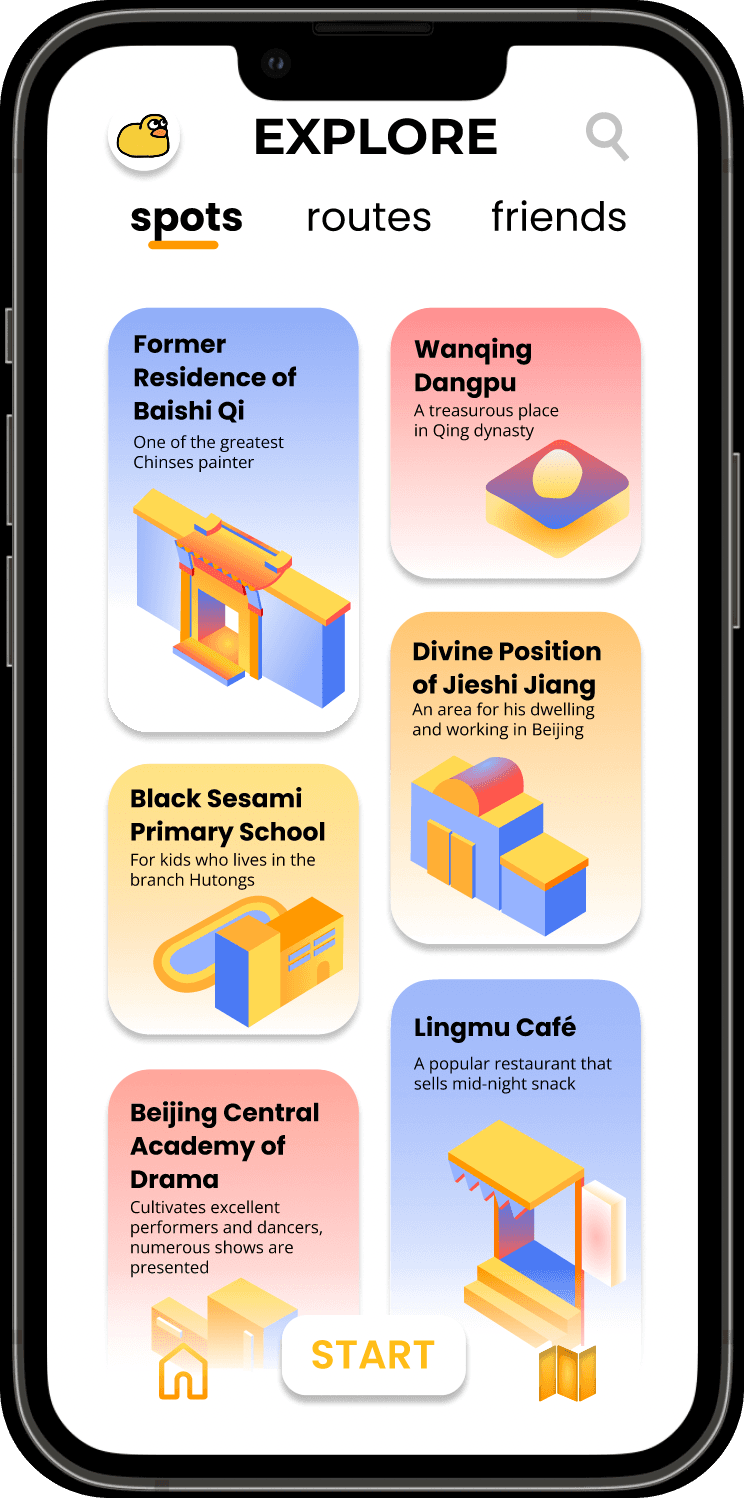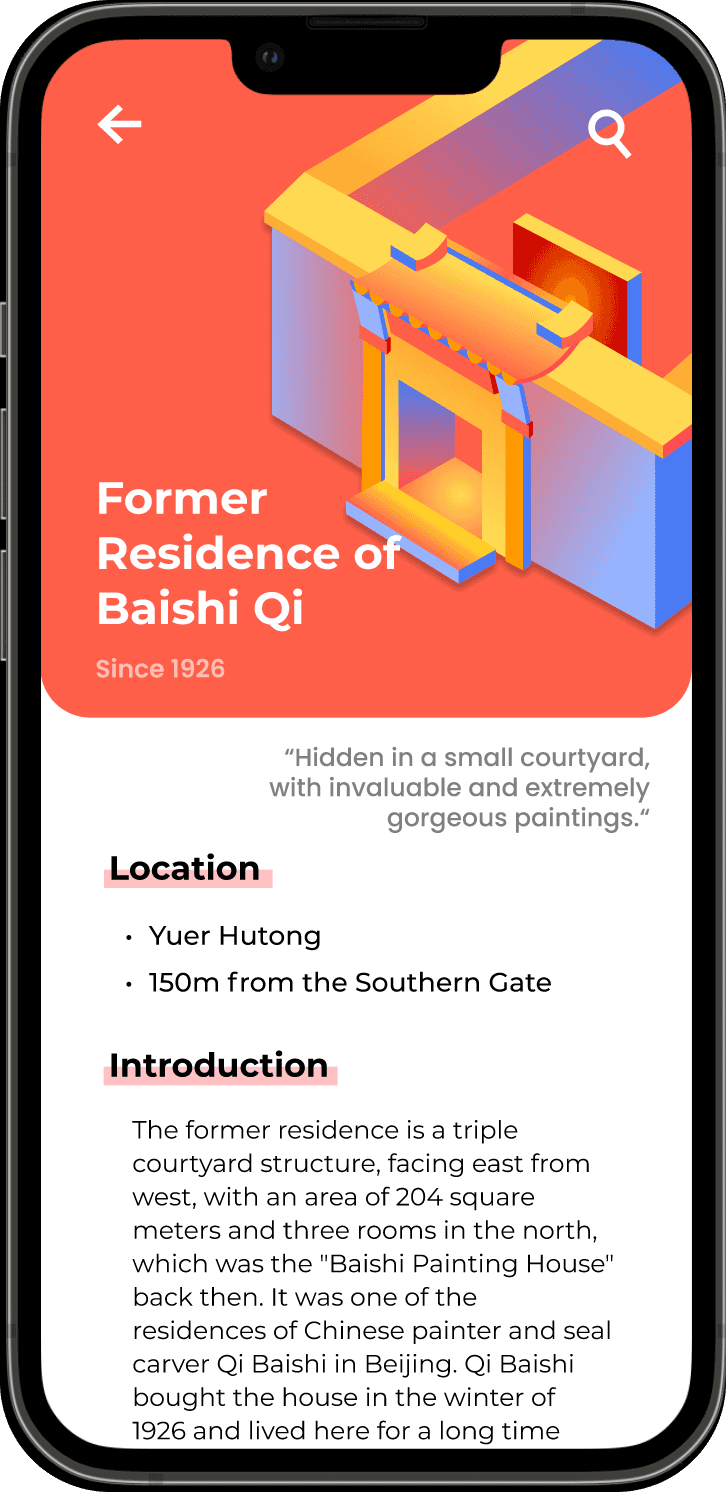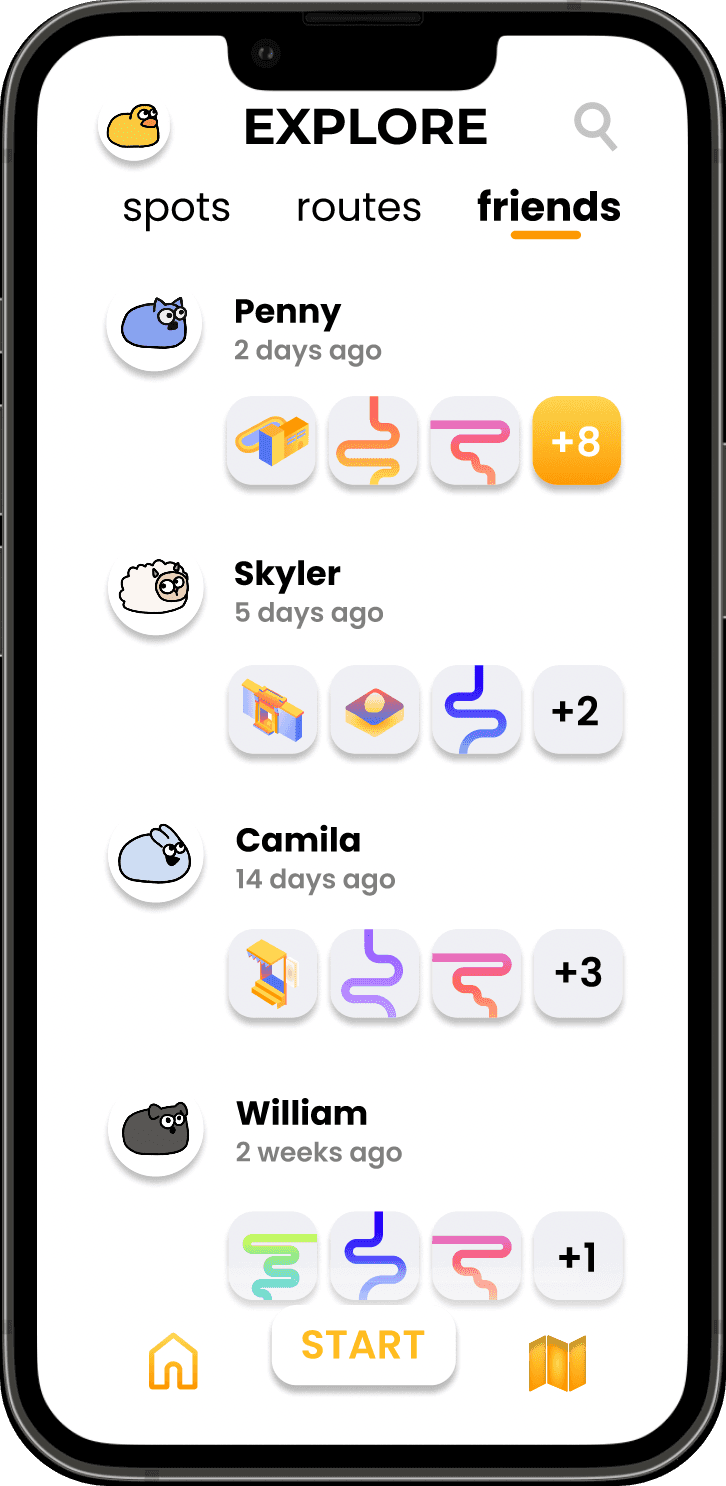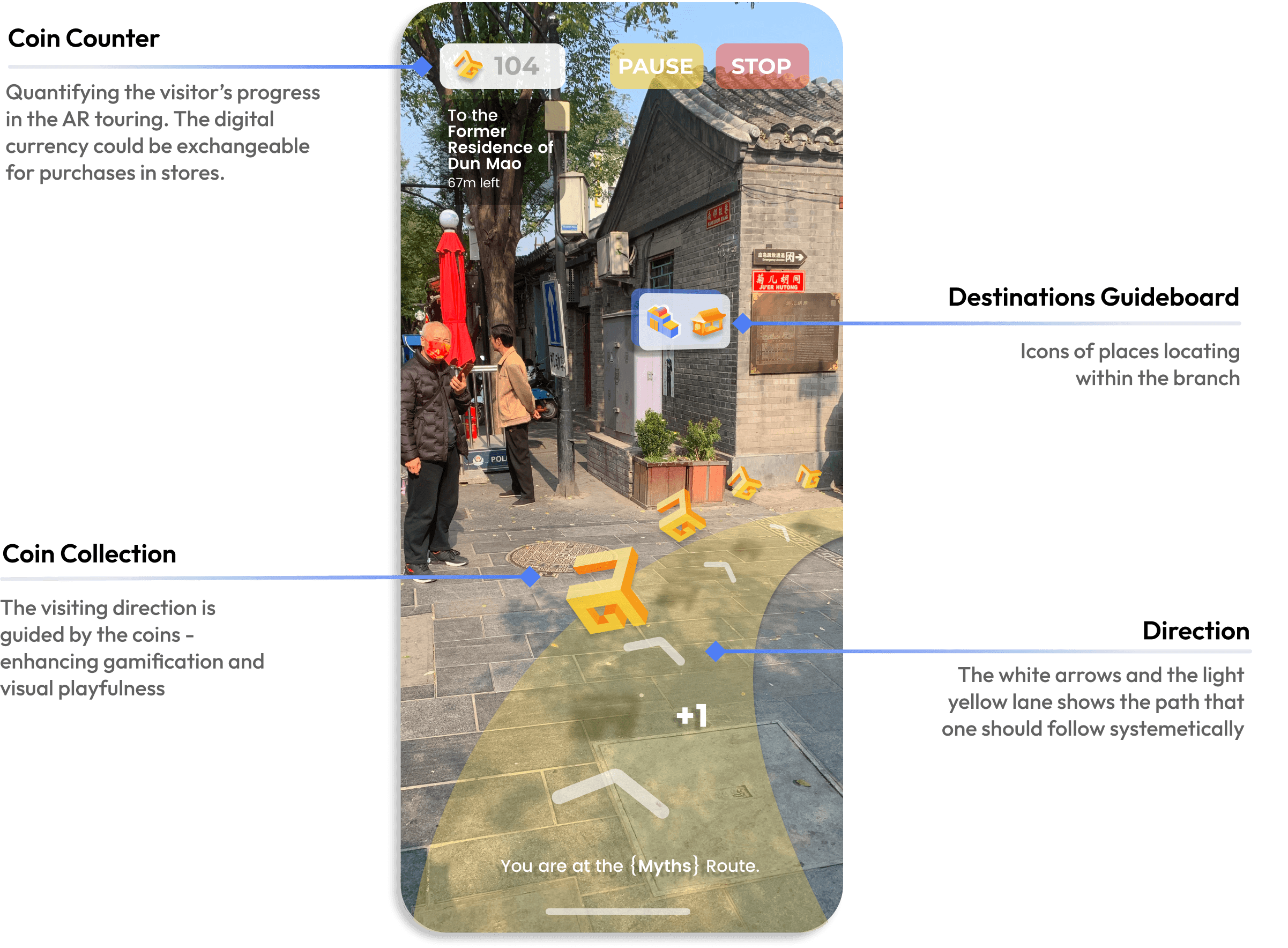InAlleys
Discover Hidden Gems in Urban Alleyways
! Problem
Today's tourist destinations are heavily commercialized.
Imagine visiting Times Square in NYC. The bright lights captivate you, but what if you knew that just a few blocks away, there were quaint, hidden alleys filled with unique shops, cozy cafes, and rich history?
This is exactly the problem faced by tourists visiting Nanluogu Alley in Beijing, a place brimming with cultural treasures hidden behind its popular main street.
Nanluogu Alley is being dramatically transformed by commercialization.
The physical layout of Nanluogu Alleys is in a fishbone structure — people are attracted to the trinkets and souvenirs on the main street, but ignore the cultural heritage in 16 branch alleys.
Crowded main street
Empty branch alleys
-> Initial Research
Concept
Psychogeography
is the study of urban environments in terms of their effects on emotions and behavior.
Denis Wood, in International Encyclopedia of Human Geography (Second Edition), 2020
User Interview
I was curious about the visiting experiences of different demographics to Nanluogu Alley, so I had some interesting conversations with some non-local visitors, local students, and my family members.
I invited them doodle out their first impressions to Nanluogu Alley as Psychogeographic Maps.
For further research, I sent out surveys to gauge interests for different methods of interactions between people and the place.

Jin
36 | Writer
Loves photography
"I can see that the commercial elements in the main street. I was disappointed by the dramatic contrast between its profound historical identity and the reality."
EXPECTATION
"As a non-local visitor, I want to make the best of my time here to get genuinely connected with the stories from 8 centuries ago. I will seize the chance to customize a journey into the branch alleys"

Yuan
15 | Middle school student
Loves history & travel
"Nanluogu alley is not retaining its profound cultural essence, but I can't find an appropriate way to explore it with all the dazzling lights and labels. I'm getting tired of it to be honest."
EXPECTATION
"I hope for a navigation that's more comprehensive and can make me relate to this place more rather than being exposed to those fancy stores and walking in the crowds."
Among all responses…
78%
prefer visiting in-person
48%
wish for a tour that involves social connection
53%
show interests in AR guidance
-> Solution
How might we design a digital tour guide for every visitor to promote a customized touring experience and increase visitor's autonomy of interacting with different places and people?
Accessibility

Interactivity

Customization

Sociality

